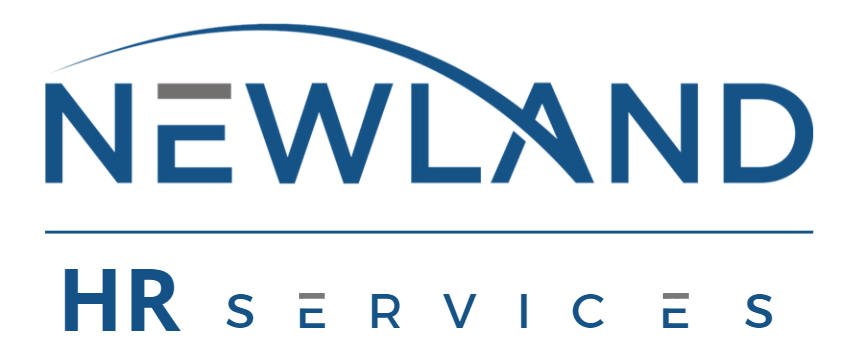Are new executive hires being set up for success? It seems as though that’s not always the case.
A lot of North American executives do not receive formal onboarding for their new roles, and even less so in the United States. To top off a large group not being properly onboarded, the process is usually mediocre – average at best.
Onboarding is important now more than ever, with the great reshuffle, companies are understanding that employees want more. It’s important to be aware that there’s a performance-preparation gap in priority setting, work-culture acclimatization and relationship building that could have a serious effect on a company’s bottom line.
Not only is it important for organizations and recruiters to put effort into finding, assessing and convincing top candidates to join their company, it’s equally important to spend time and resources to ensure the selected candidate is able to integrate into the organization effectively and get the ball rolling. An efficient onboarding process can secure that the executive can join and is able to have a long-term, high-impact career.
Some companies are better than others in preparing new executives. To be fair, these roles are unfolding in a world that changes at a very fast pace and has become increasingly more complex, especially with globalization and the digital world. It can be demanding, challenging, frustrating and even intimidating for new executives to step into organizations and roles where there are things to consider that weren’t necessarily part of the focus.
Nevertheless, it’s important to properly integrate your new executive hire – it’s critical for efficient, good decision making. By not offering the resources to allow proper acclimation, there’s a huge risk of seizing value.

What Onboarding is not
The expectations for onboarding may be incorrect. Onboarding isn’t just sharing general descriptions of company values, handing over a company directory and giving them a great office and comfy office chair. New hires, from any level, need and want support. Every organization may be different, but the goal to hire an effective executive is the same.
It’s important to note that implementing the onboarding process may involve a lot of conversations. Conversations that include not only the company’s CEO, but hiring managers, HR and outsources coaches if necessary. Outsourcing can especially be helpful considering that it can offer unbiased feedback on ways to improve a current program, or ways to start an effective one. Also, it is highly ineffective to simply hand out an onboarding manual since good executives build their networks and relationships throughout the onboarding process.
Onboarding programs need to include crucial components:
-
- company’s goals and vision, with realistic descriptions of the company’s culture
- the internal process and how decisions are made
- IT training, coaching, stakeholder maps/goals
- meet and greet with other departments
- transparent performance expectations that are seeded in strategic preferences
With an in-depth 90 day plan, the new executive will be focused on culture acclimation, engaging with the leadership team and employees in general. Period touch bases hold value during the first year, along with a process that provides meaningful feedback that describes a plan for corrective action if need be – but generally highlighting areas of improvement when it comes to their performance. Realistic expectations should always be the priority when handling new hires.
Patience will always be necessary, crucial even when hiring a new leader. The transition is a challenge, especially if the new hire is shifting from industry, they will want to make an impact as soon as possible. It’s important to set them up for success – both the leader and the organization can win.








